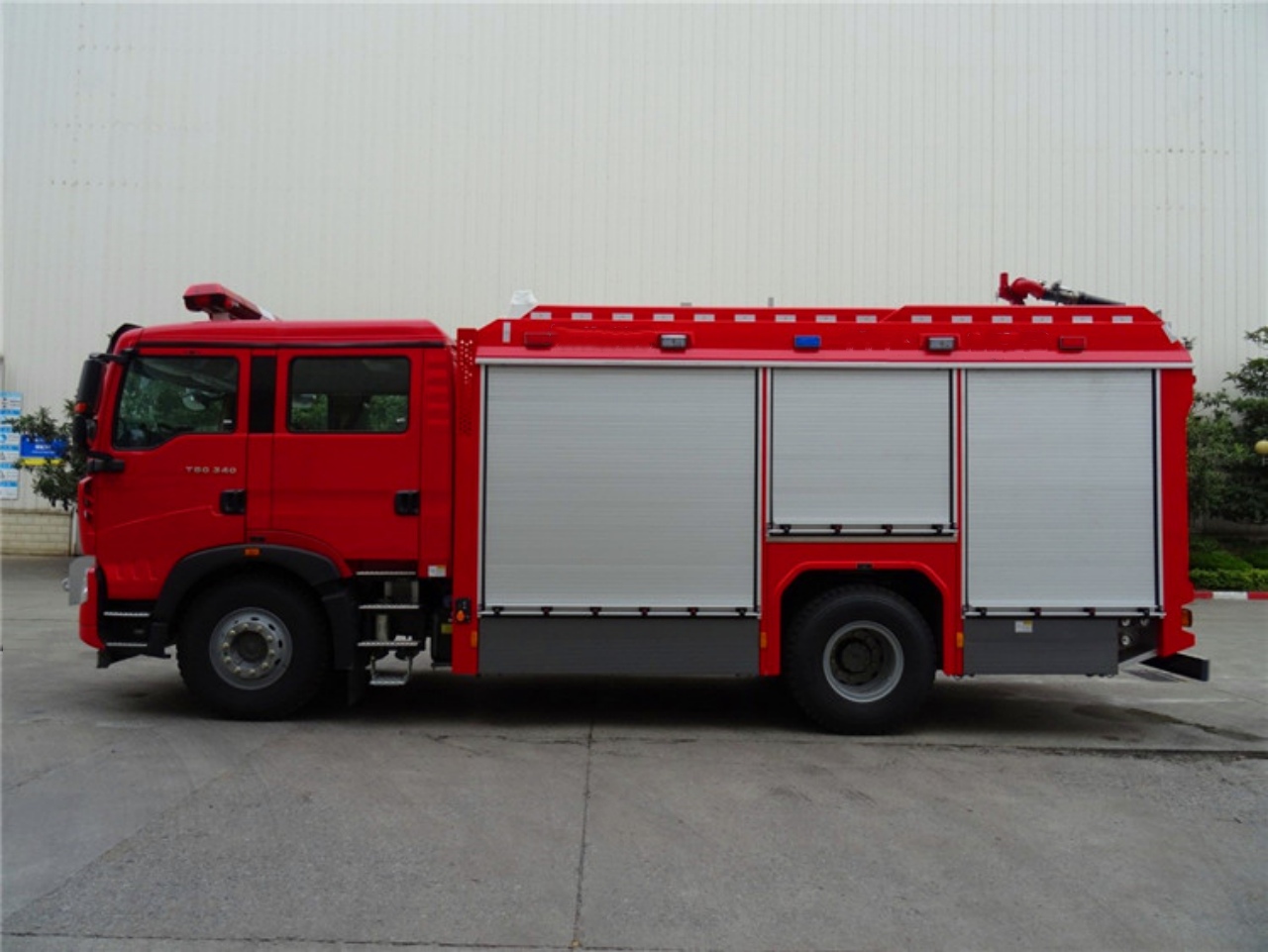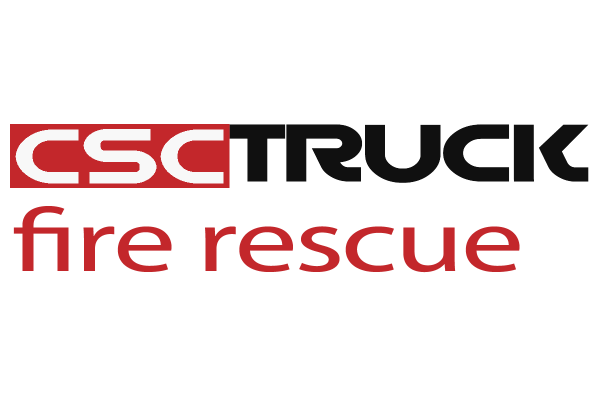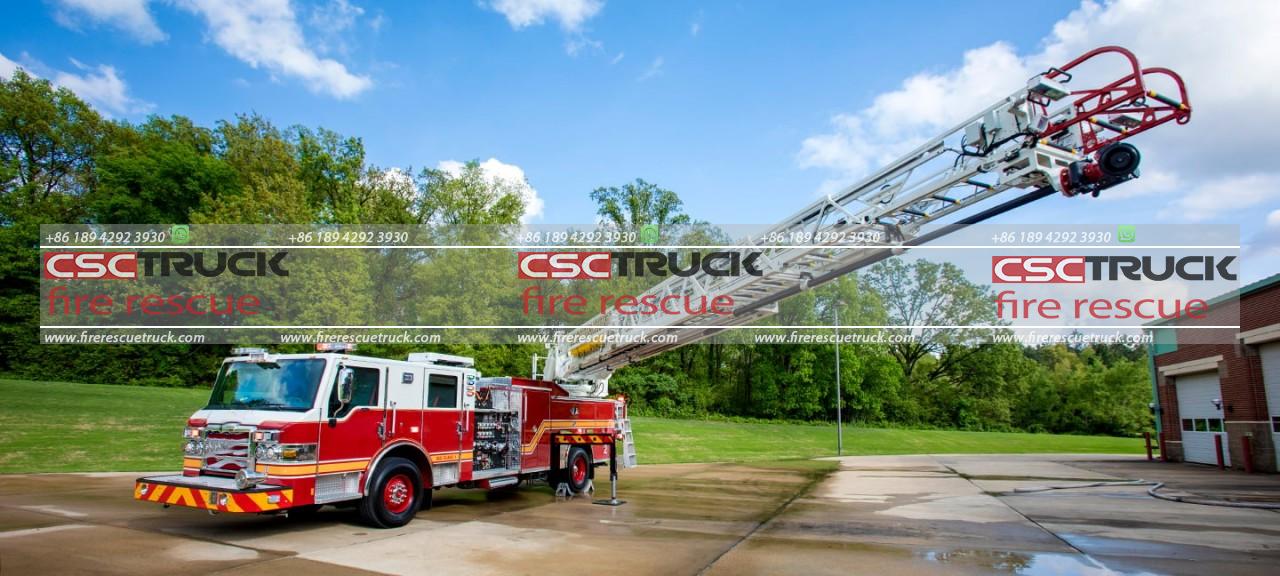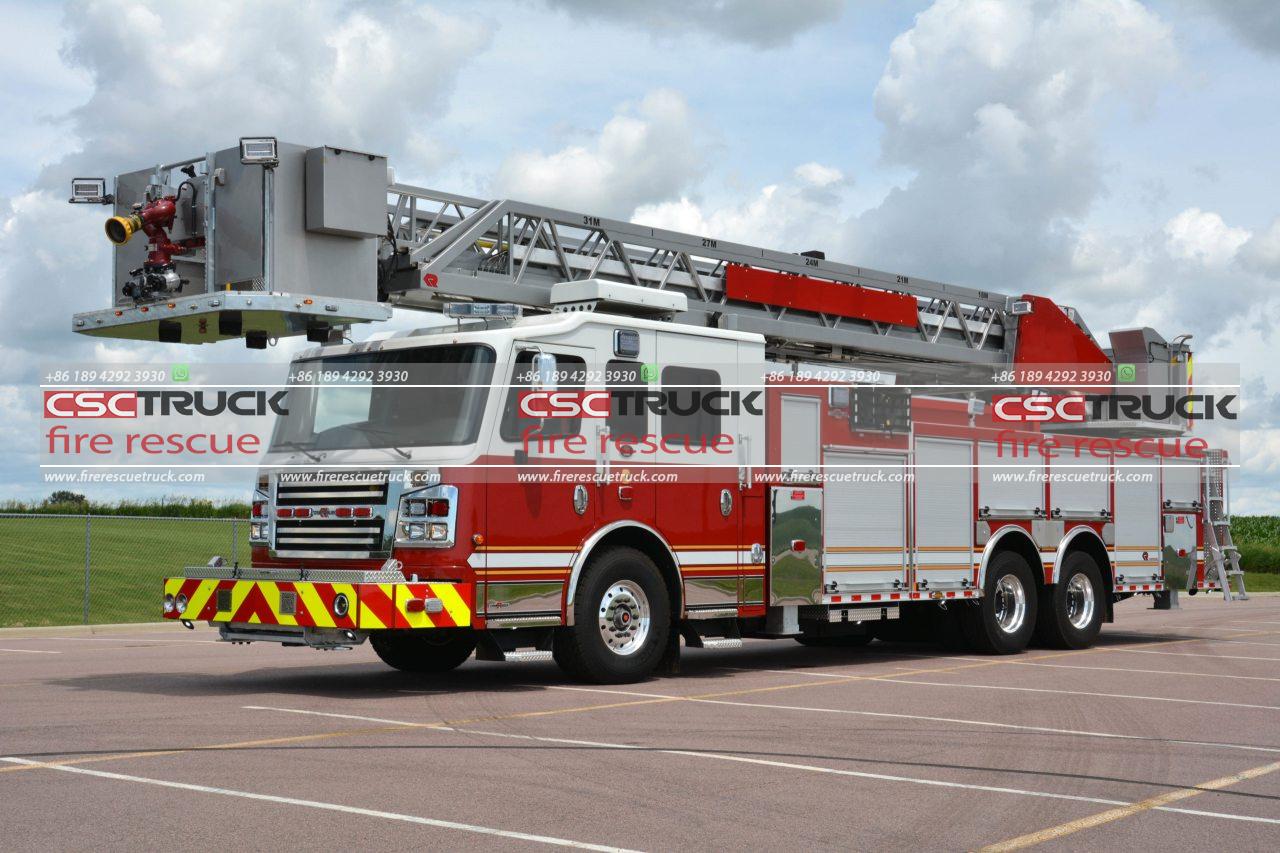In today’s increasingly complex urban, industrial, and rural environments, firefighting demands greater adaptability, reliability, and performance than ever before. Fire departments are constantly challenged by diverse fire scenarios—from vehicle accidents and fuel storage blazes to chemical plant explosions and high-rise fires. One innovative solution that meets these multifaceted requirements is the Dual-Agent Water Foam Fire Truck. As its name suggests, this type of fire truck combines 2 powerful extinguishing agents—water and foam—making it a versatile and indispensable tool in modern firefighting arsenals.
What Is a Dual-Agent Water Foam Fire Truck?
A dual-agent water foam fire truck is a specialized fire apparatus designed to carry and deploy both water and firefighting foam in combating fires. Unlike standard water-only fire engines, dual-agent trucks feature separate storage tanks and discharge systems for both water and foam concentrates. This dual capability enables responders to quickly switch between or combine both agents, depending on the nature and scale of the fire.
Typically, such vehicles are equipped with:
- A large-capacity water tank (usually between 2,000 to 4,000 liters or more)
- A foam concentrate tank (often ranging from 300 to 800 liters)
- High-performance centrifugal or piston pumps
- Proportioning systems to mix foam concentrate with water
- Roof-mounted and/or bumper-mounted monitors (nozzles)
- Fire hoses and reels for close-range operations
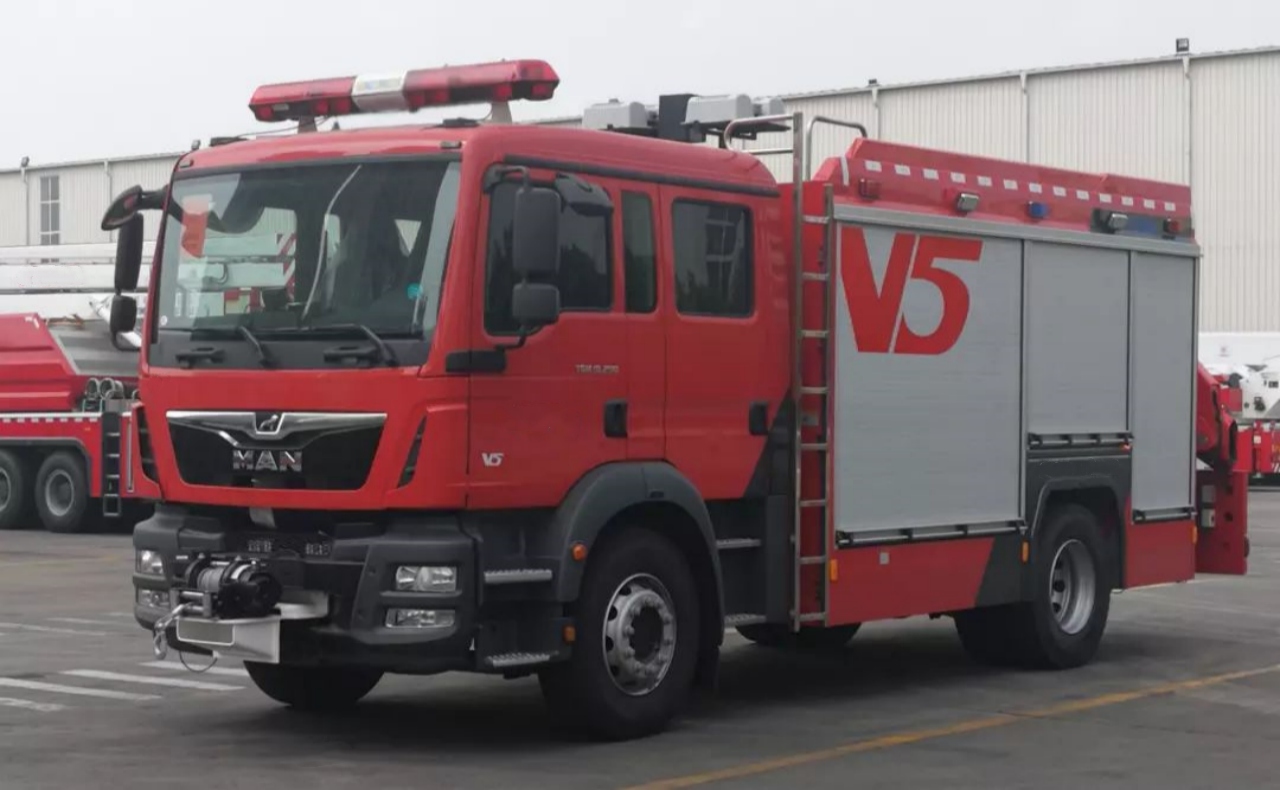
The Science Behind Dual-Agent Systems
Understanding how dual-agent systems work starts with the properties of their extinguishing agents:
- Water is effective for cooling fires and suppressing heat, especially Class A fires involving wood, textiles, and paper.
- Foam, typically AFFF (Aqueous Film Forming Foam) or AR-AFFF (Alcohol-Resistant AFFF), is superior for Class B fires involving flammable liquids. Foam blankets the fuel surface, smothering the fire and preventing re-ignition.
The combination of water and foam provides a synergistic effect. Foam adds surface tension and spreadability, making the water more effective, while also coating flammable liquids with a vapor-sealing layer. In cases where fires may involve multiple classes of fuels or hazards, this dual capability provides unmatched operational flexibility.
Applications of Dual-Agent Fire Trucks
Dual-agent water foam fire trucks are not limited to a single type of environment. Their unique versatility makes them suitable for a wide range of firefighting applications:
1. Petrochemical and Industrial Fires
One of the most critical uses of these trucks is in the petrochemical and energy sectors. Fires in oil refineries, gas stations, and chemical plants often involve flammable liquids, pressurized gases, and other volatile materials. Foam is essential for safely extinguishing these fires, while water helps cool the surrounding infrastructure and prevent the fire from spreading.
2. Airport and Aircraft Fires
Aviation accidents often involve large quantities of jet fuel, making foam a necessary agent. Airports frequently deploy dual-agent trucks as part of their ARFF (Aircraft Rescue and Firefighting) fleets. These vehicles can rapidly suppress fuel fires while cooling aircraft fuselages to aid in passenger rescue operations.
3. Urban and Structural Fires
In city environments, buildings may house diverse fire risks—flammable furniture, electrical equipment, and even rooftop fuel tanks. A dual-agent truck provides the flexibility to respond to such mixed fire loads, especially in cases where fires transition from structural to fuel-fed.
4. Wildland-Urban Interface Fires
Wildfires that encroach on residential areas pose complex challenges. Foam can be used to create fire breaks and protect structures, while water can be applied to douse embers and prevent reignition. Dual-agent trucks support both suppression and prevention strategies in these scenarios.
5. Vehicle and Traffic Accidents
Fires involving passenger vehicles, tankers, or heavy-duty trucks often require foam to control flammable liquid fires. A dual-agent truck can manage the fire while also cooling overheated metal parts with water to facilitate rescue.

Key Advantages of Dual-Agent Fire Trucks
1. Operational Flexibility
The most significant advantage of a dual-agent fire truck is its adaptability. Whether responding to a high-rise fire in a city or a fuel spill on a highway, firefighters can choose the most effective agent for the job—or combine both for increased impact.
2. Rapid Fire Suppression
Foam suppresses fires faster than water alone, especially those involving liquids. When combined with water, it reduces flame spread, cools surfaces, and minimizes the chances of reignition.
3. Reduced Water Usage
Because foam is more effective at penetrating burning materials and covering fuel surfaces, it often requires less water to achieve fire control. This conservation is particularly important in areas where the water supply is limited.
4. Improved Safety for Firefighters
Faster knockdown and better suppression of flammable vapors help reduce the risk to personnel. Moreover, foam’s ability to create protective barriers enhances visibility and lowers exposure to heat and toxic gases.
5. Environmental and Property Protection
By controlling fires more efficiently, dual-agent trucks help prevent the spread of toxic smoke, environmental contamination, and damage to nearby structures and assets.
Technological Features
Modern dual-agent fire trucks are equipped with advanced technology to enhance performance and user control. These include:
- Electronic foam proportioning systems: Ensure precise foam-to-water mixing ratios regardless of flow rate.
- Remote-controlled monitors: Allow firefighters to direct high-capacity foam or water streams from a safe distance.
- Integrated control panels: Provide real-time data on tank levels, pressure, and discharge rates.
- All-wheel-drive chassis: Improve mobility in off-road or difficult terrain, such as industrial yards or rural zones.
Some trucks even feature compressed air foam systems (CAFS), which inject air into the foam-water mixture, creating a highly adhesive and expansive foam for superior coverage.
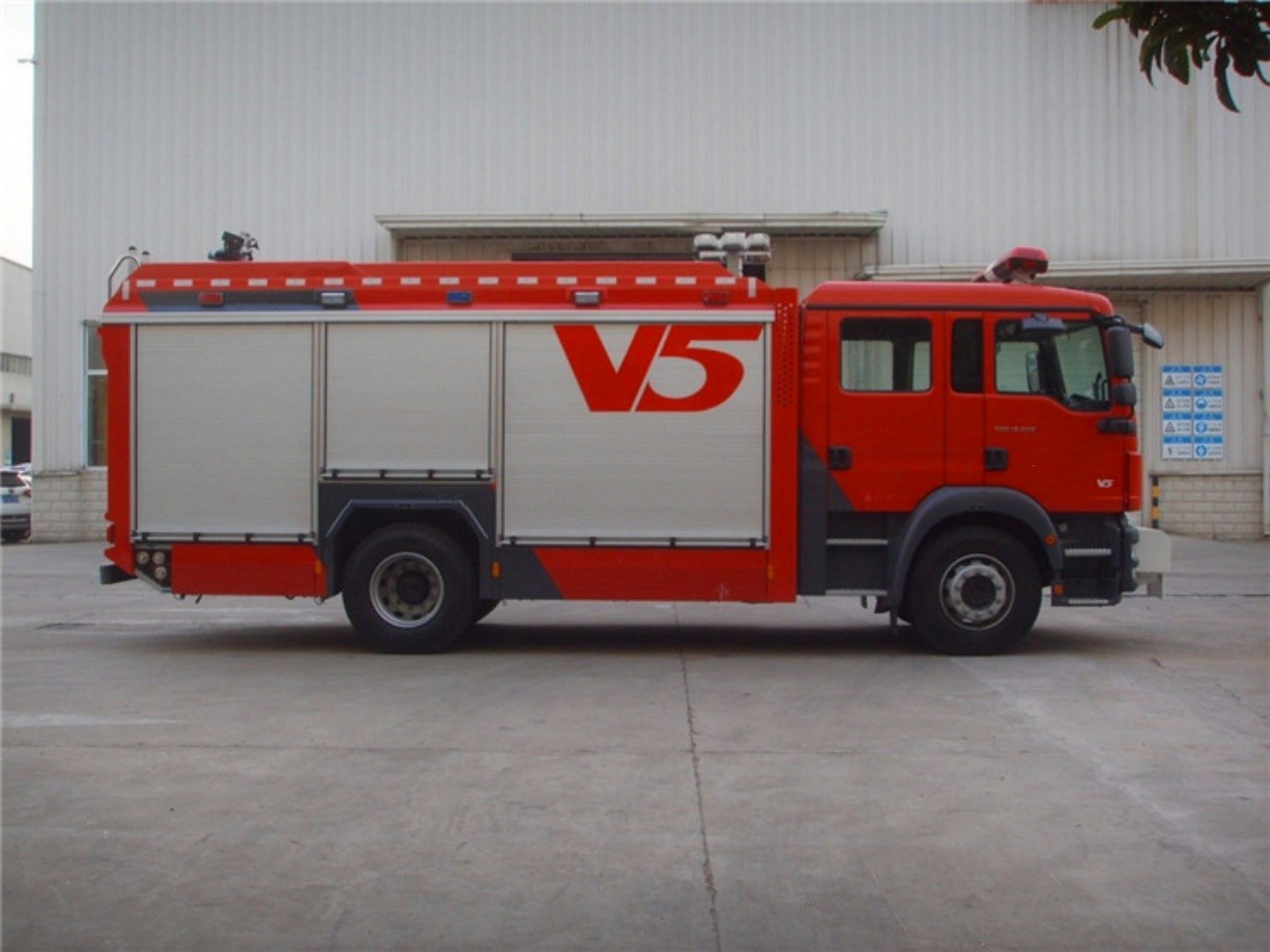
Maintenance and Training Considerations
Operating a dual-agent fire truck requires specialized training. Firefighters must understand the appropriate use of foam types, the function of proportioning systems, and maintenance protocols for pumps and tanks. Departments also need to implement regular inspection schedules to prevent issues such as foam degradation, pump wear, and valve corrosion.
Environmental guidelines must also be followed, particularly regarding foam disposal. Many jurisdictions are phasing out PFAS-containing foams in favor of fluorine-free alternatives. Transitioning requires updated equipment and handling procedures.
Conclusion
The Dual-Agent Water Foam Fire Truck represents a major advancement in firefighting capability. Its ability to store and deliver both water and foam gives fire departments the flexibility to confront a broad spectrum of emergencies—from industrial infernos to urban blazes and vehicular accidents. As fire risks grow in complexity, this hybrid apparatus stands out as a vital tool for enhancing response effectiveness, protecting lives, and preserving property. Investing in dual-agent technology is not just a strategic choice—it’s a step toward a safer, more prepared future in emergency response.
